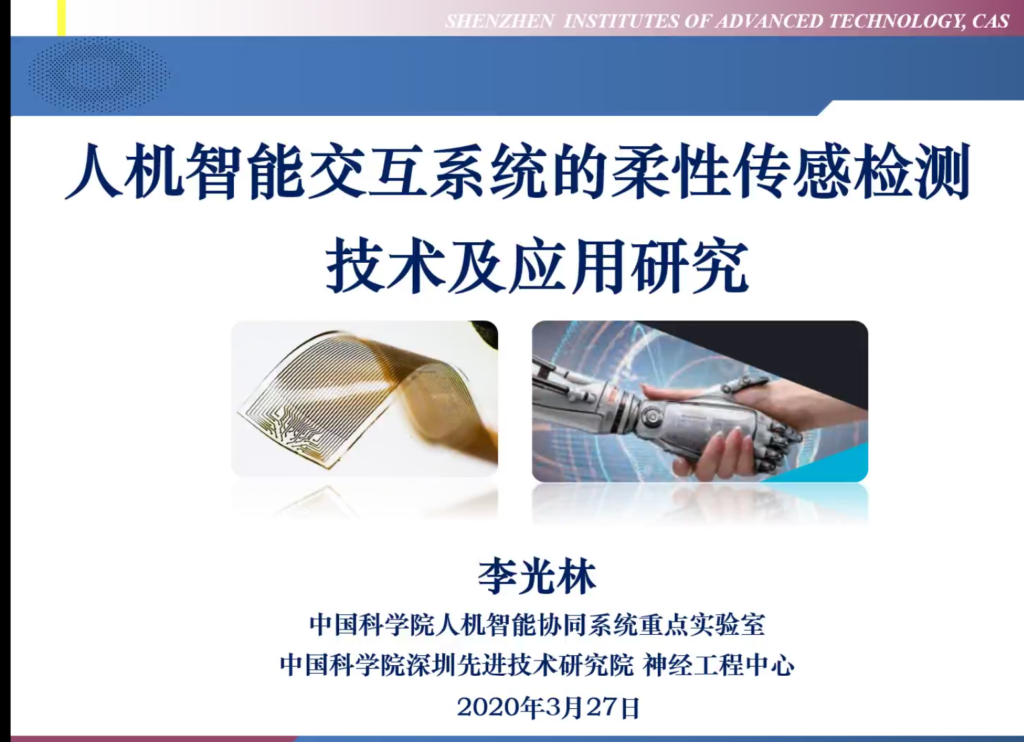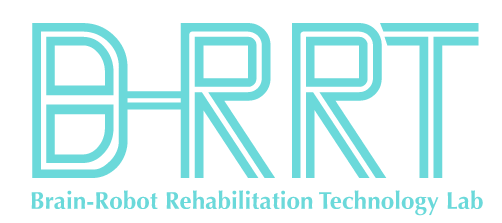On 27 June 2020, Prof. Guanglin Li, the researcher of the Key Laboratory of the human-computer intelligent collaborative system of the Chinese Academy of Sciences, was invited by Prof. Mingming Zhang to give an online lecture on the Tencent Meeting.

Human-computer interaction based on neural machine interface technology is the core of intelligent control of bio Mechatronics robot systems. Motor function rehabilitation and the auxiliary system is an important application field of bio Mechatronics robots. Using neural interface technology to obtain human activity information is the key to realize accurate identification of behavior and motion intention. At present, it is one of the important research directions of human-computer intelligent interaction to accurately obtain physiological information of neuromuscular activities by using various flexible sensing technologies to realize accurate recognition of motion intention. This report reports some preliminary research progress in flexible sensing detection technology and application.
At present, human-computer interaction is of course an indispensable activity in people’s life, including the use of mobile phones, computers, and so on. Interaction includes physical interaction, voice interaction, intelligent interaction, and so on.”Intelligent interaction” is a natural, accurate and safe interaction. A human-computer interaction system based on the neural interface is an important example of intelligent interaction, that is to collect EEG signals, peripheral nerve signals, or EMG signals to decode human intention and realize human-computer interaction.
But there are also problems. First of all, the lack of force feedback in this system will greatly limit the development of human-computer interaction. In order to promote the development of human-computer interaction, Professor Li’s team selected the following aspects to carry out research: using skeletal muscle signals to try to build a better human-computer interaction system. This idea aims to explore the coupling relationship among muscle, blood, and nerve to improve the robustness; study the physiological electrical signal, including EMG signal, to improve the prosthesis; improve the sensing electrode, use the skin-friendly fabric electrode, which is not limited by conductive paste, to successfully collect various physiological signals.
Recently, the flexible electrode has changed the shape of the traditional metal electrode, which is widely favored by researchers because of its flexibility and low resistance. However, there are also difficulties in these studies. Due to the challenge of “human”, some users are difficult to output information stably for a long time. At the same time, there are also challenges from “machine”, that is, decision-making algorithm, and the problem of poor robustness. I believe that if these difficulties are overcome, the era of natural, accurate, and safe human-computer interaction will be around the corner.
